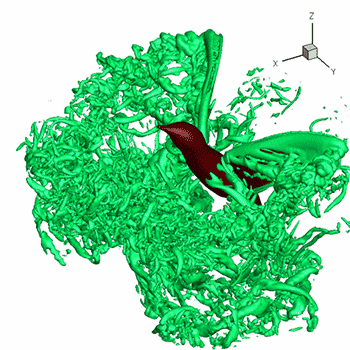How do you find the domain and range of #y=2abs(x-3)+5#?
1 Answer
Domain is all real numbers or
Explanation:
If you look at the graph of
The graph of
The number inside the absolute value symbol indicates the translation in x, but with the opposite sign. The number added or subtracted indicates the translation in y. The coefficient in front of the absolute value symbol gives the slope of the lines in the graph, but you don't need that to find domain and range.
Here is a graph of
graph{y=2abs(x-3)+5 [-7.19, 12.81, -0.08, 9.92]}
To find the domain, look at the possible x values of the graph. Note that x can go all the way to either negative or positive infinity. The domain can then be written as "all real numbers" or
To find range, look at the possible y values of the graph. Note that the function only has y values when y is 5 and above. So the range can be written as
The square bracket next to the 5 indicates that 5 is included in the range.
In interval notation, infinity symbols always get a parenthesis, not a square bracket.
To figure out domain and range for a standard
domain is always all real numbers or
range for a positive value of
and because a negative a flips the graph down,
range for a negative value of

